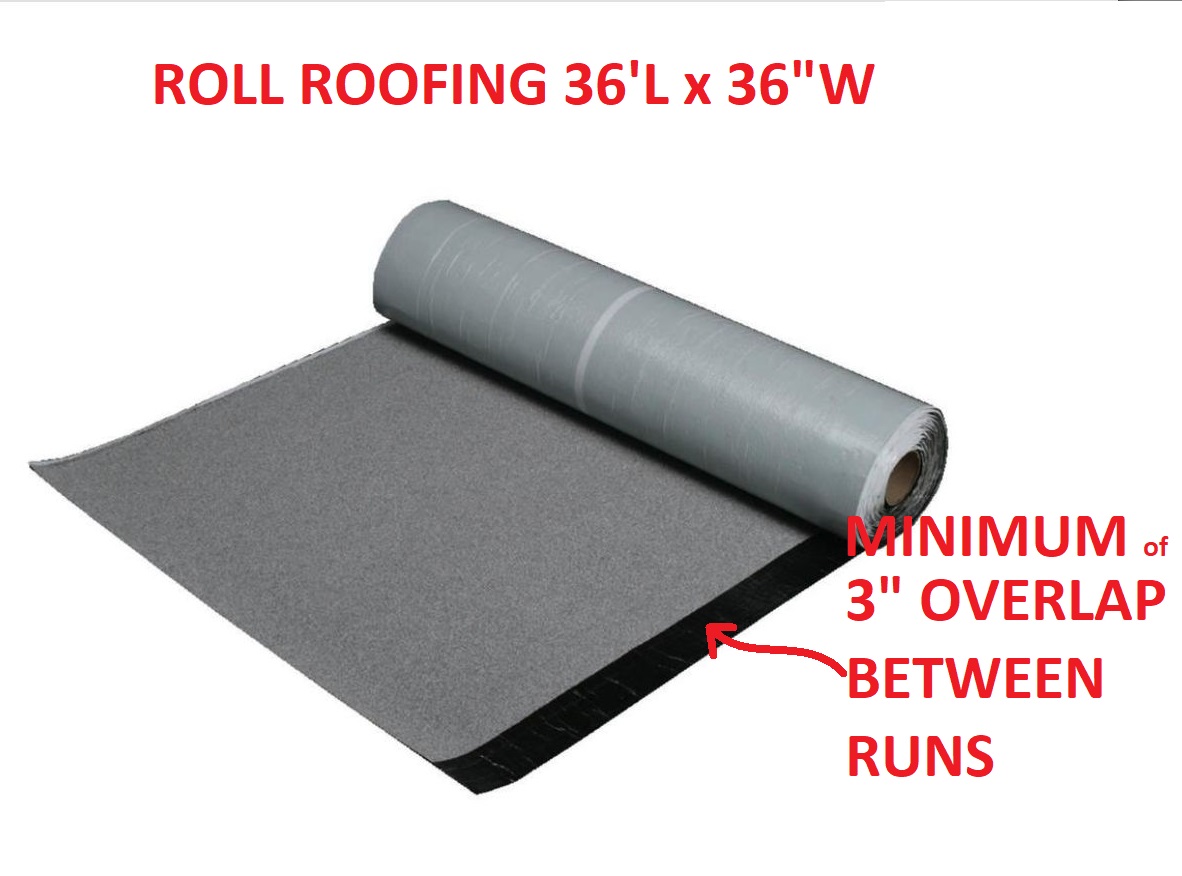But do not push it through the fascia.
Removing drip edge from rolled roof.
Attach with nails along the top edge of the strip.
Install peel and stick roofing in a similar manner.
In most cases if the shingles go past the drip edge about 3 4 of an inch the shingle edge will break the surface tension unless your roof has a shallow pitch then the water will reach the drip edge and if drip edge is tight to the facia board it will run down the fascia so as added insurance leave space between the fascia and drip edge.
Drip edge or drip cap is either plastic or sheet metal.
Slip the eave strip out from under the shingles.
Use a flat pry bar and hammer to remove the nails holding the eave strip to the roof decking.
This lets any water that gets on the roof run down the underlayment and over the drip edge.
Removing drip edge eave strips.
At the eave i d guess that if you install the flashing under the roll roofing you d risk getting moisture between the flashing and the roll roofing.
You may need to use a putty knife to break the seam between the first course and the starter strip.
Slide the flat bar under starter course and pry out the nails.
Install roll roofing when the temperature is at least 50 degrees fahrenheit to keep the material from cracking.
Begin at the lower corner of the roof and gradually progress to the top.
Use a starter strip or cut pieces for a starter course.
Gently lift up the shingles along the lower edge of the roof and find the nails attaching the eave strip to the roof.
The best way is to install the roof drip edge only along the eaves first then place ice and water barrier in the snowbelt or felt paper underlayment over the drip edge.
Find and fix a leaking roof.
On some roofs you may need to remove a couple of shingle nails to make some room to work.
Use a flat pry bar to remove drip edge nails along the eave and rakes.
It not only protects the roof but it also protects the fascia.
Raise the shingles and push the top rim of your drip edge beneath them.
12 roof repair tips.

